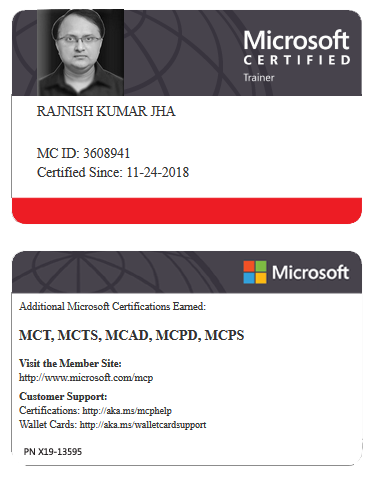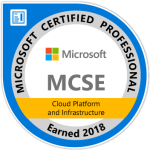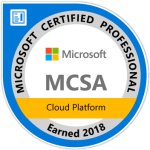Monitoring with Azure is essential for ensuring the performance, availability, and reliability of applications and infrastructure deployed on the Azure platform.
Here's what you need to know.
Key Goals of Azure Monitoring
Performance Management: Track and optimize application and resource performance.
Availability Tracking: Ensure services remain operational and accessible.
Proactive Issue Detection: Identify and resolve issues before they impact users.
Compliance and Auditing: Maintain logs and metrics for governance and audits.
Core Monitoring Services
Azure Monitor
Centralized service for collecting, analyzing, and acting on telemetry from Azure and non-Azure resources.
Covers infrastructure, applications, networks, and more.
Azure Application Insights
Provides deep application performance monitoring.
Tracks metrics like response times, dependency latencies, and error rates.
Azure Log Analytics
Offers advanced querying capabilities for log data.
Supports root cause analysis and custom reports.
Azure Network Watcher
Monitors and diagnoses network-related issues.
Includes tools like Connection Monitor and Network Performance Monitor.
Azure Security Center (now part of Defender for Cloud)
Provides security monitoring for Azure workloads.
Detects and responds to potential threats.
Key Monitoring Features
Metrics Monitoring
Real-time numeric data like CPU usage, memory consumption, and request rates.
Supports visualization through Azure Dashboards.
Log Monitoring
Text-based telemetry for detailed troubleshooting (e.g., event logs, activity logs).
Analyzed using Kusto Query Language (KQL).
Alerts
Configurable conditions trigger notifications or automated actions.
Supports thresholds, anomaly detection, and dynamic baselines.
Diagnostics and Troubleshooting
Provides diagnostic logs and network performance insights.
Integration with troubleshooting tools like Network Watcher and Storage Explorer.
Integration with Other Tools
Azure Sentinel: Security Information and Event Management (SIEM) using Azure Monitor data.
Azure Automation: Execute scripts and workflows based on monitoring insights.
Third-party Tools: Integration with Grafana, Splunk, and other monitoring tools.
Best Practices for Azure Monitoring
Enable Monitoring for All Critical Resources:
Turn on monitoring for VMs, databases, and application services.
Use built-in insights for popular Azure resources.
Define Clear Alert Rules:
Create specific, actionable alerts to reduce noise.
Use dynamic thresholds for adaptive monitoring.
Leverage Azure Workbooks:
Use customizable dashboards for centralized monitoring.
Share visualizations with teams.
Set Data Retention Policies:
Retain logs and metrics for compliance while managing costs.
Default retention is 90 days (customizable).
Use Distributed Tracing:
Correlate telemetry from microservices using Application Insights.
Monitoring for Hybrid Environments
Azure Monitor supports on-premises and multi-cloud monitoring.
Use Azure Arc to extend monitoring capabilities to non-Azure resources.
Security and Governance
Monitoring logs are encrypted at rest and in transit.
Role-Based Access Control (RBAC) ensures restricted access to monitoring data.
Cost Management
Azure Monitor charges based on data ingestion, retention, and export.
Use Azure Cost Management tools to monitor and control spending.
Getting Started
Enable Monitoring: Start with Azure Monitor for basic telemetry.
Set Alerts: Define key metrics and alerts for critical systems.
Visualize: Build dashboards and workbooks for oversight.
Integrate: Use APIs or SDKs to integrate custom applications into Azure monitoring.
Summary
Monitoring with Azure ensures a robust, scalable approach to managing applications and resources, improving operational visibility, and delivering a better end-user experience.




















Leave a Reply